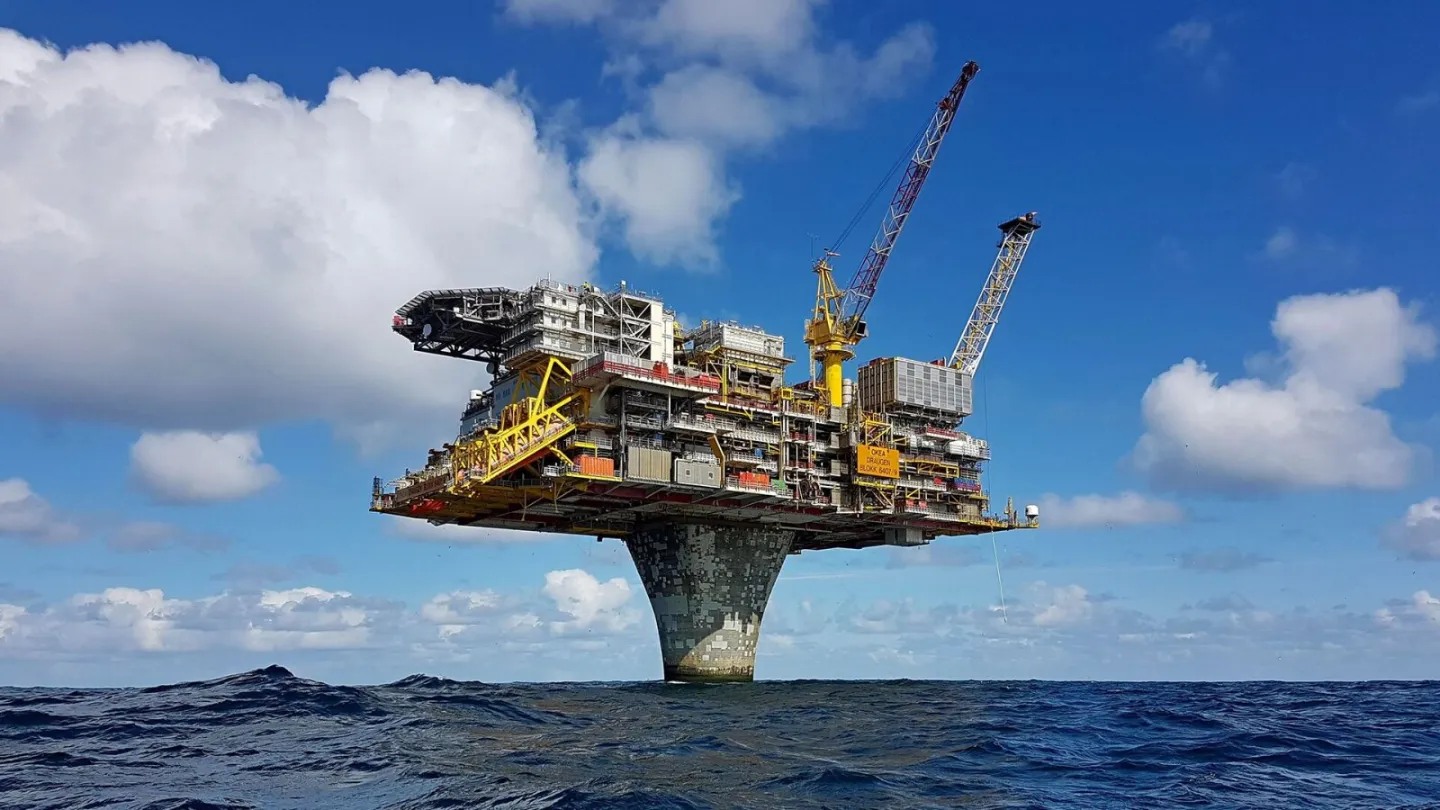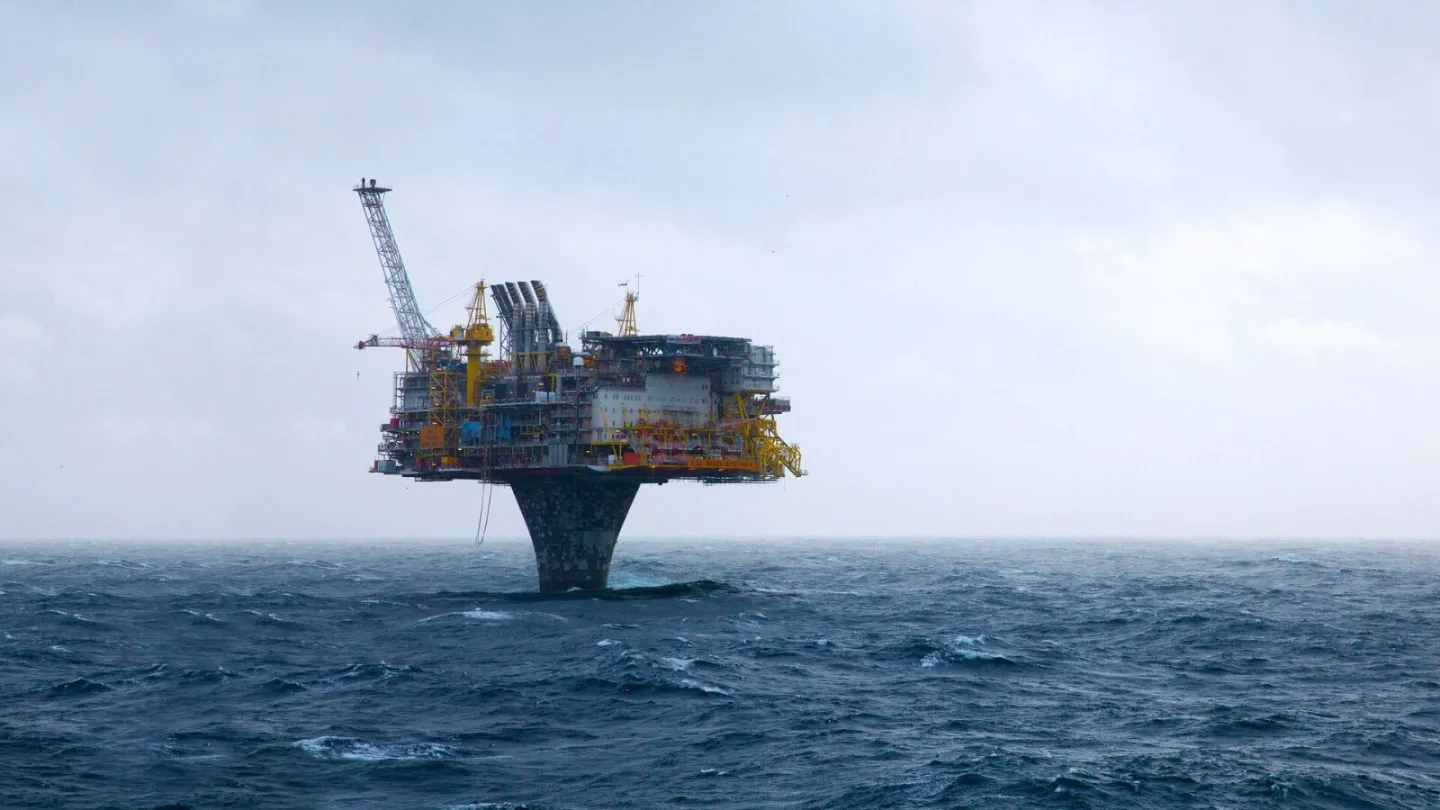Draugen Field is an operational offshore oil field located in the southern part of the Norwegian Sea. The field is operated by OKEA, a mid- and late-life operator on the Norwegian continental shelf.
The offshore field was discovered in 1984 by Shell. The plan for development and operation (PDO) of the field secured approval in 1988 and it began operations five years later in 1993.
In March 2024, the Norwegian Ocean Industry Authority (Havtil) agreed to extend the lifespan of the Draugen facilities from 9 March 2024 to 31 December 2040.
The approval will enable OKEA to use the facilities on the Draugen field for operation, production and well intervention. Alongside, several initiatives have also been undertaken to improve production via tie-ins and reduce emissions.
Major modifications are underway to electrify Draugen field by enabling power from the shore. The Hasselmus gas field, a tie-back to the Draugen production platform, also began production in 2023.
Draugen Field Ownership
OKEA holds 44.56% operated stake in Draugen. The other two stakeholders are Petoro (47.88%) and M Vest Energy (7.56%).
OKEA assumed operatorship of the field in 2018 after it took over Shell’s 44.56% interest. The deal, which also included acquiring Shell’s 12% non-operated interest in the Gjøa field, was valued at $526m.
Draugen Field Location
Draugen field is located in production licence (PL) 093 in block 6407/9 – 6407/12 within the Haltenbanken oil and gas province.
The field is located 150km off the coast of Norway in water depths of around 250m.
Discovery and Geology
Draugen field was discovered in 1984 by well 6407/9-1. This was followed by drilling five appraisal wells. A 2D seismic survey delineated the reservoir.
Draugen produces oil from two reservoir formations, located at a depth of 1,600m.
The main reservoir is situated in sandstone of the Late Jurassic age (the Rogn formation). The western part of the field recovers hydrocarbons from sandstone of Middle Jurassic age (the Garn formation).
According to Norwegian Petroleum, the field had an original recoverable reserve of 162.9 standard cubic metres (Sm3) of oil equivalent. This included 153.7Sm3 in oil, 3.7Sm3 in gas, and 5.5Sm3 in natural gas liquids (NGL).
In 2020, the field was producing around 20,000 barrels of oil and gas every day.
Draugen Field Development
The Draugen field features a concrete fixed facility with integrated topside with platform and subsea wells used for production. The topsides feature well stream processing facilities, utilities, and accommodation facilities.
The Garn Vest and Rogn Sør reservoir were developed with a total of five subsea wells, which were connected to the main facility. The field had six subsea water injection wells.
In December 2001, additional wells in the Garn Vest structure became onstream. This was followed by new resources at the Rogn Sør structure in January 2003.
The field produces via natural pressure support from the aquifer, with water injected from the south.
In 2021, a PDO exemption for the subsea tie-back of the discovery 6407/9-9 (Hasselmus) was granted.
The main production mechanism is natural pressure support from the aquifer, with additional water injection from the south.
Tanks at the base of the facility are used to store stabilised oil with two pipelines connecting the facility to a floating loading-buoy. The buoy is then used to offload oil and export it via tankers.
Gas produced by the field is exported using the Åsgard Transport System (ÅTS) to the Kårstø terminal. Some associated gas produced during the recovery is used for power generation.
Electrification of Draugen Field
In December 2022, OKEA signed a Letter of Intent (LOI) with Aker Solutions for the electrification of the Draugen project.
This involves major modification works on the existing platform to equip it to receive power from the shore via an electrical power cable. Draugen, along with Njord, will be connected to the power grid at Tensio’s transformer station at Straum in Åfjord municipality.
The electrification will remove the reliance on gas turbines on the platform for power generation. It will also lead to the reduction of carbon dioxide emissions by nearly 200,000 tonnes per year.
The contract was signed in February 2023, with works slated to be completed in 2026.
Key Contractors Involved
The subsea well facilities on the Draugen platform were installed by FMC Technologies. Subsea construction outfit Acergy won the contract for Draugen D3-E3 subsea development works in 2007.
In 2009, Aker Solutions’ subsidiary Aker Offshore Partner secured the engineering, procurement, construction and installation (EPCI) contract for a produced water reinjection system at the Draugen field.
Aker Solutions was also selected as the main contractor for EPCI works for the Draugen electrification project. The company was also contracted in 2017 for brownfield modifications services and maintenance support at Draugen.
Power and automation technology provider ABB signed an agreement in May 2019 to provide Okea with automation and power support services to Draugen field for up to ten years.
In March 2021, Proserv was selected as the service provider for the revamp of a part of the existing original equipment manufacturer’s (OEM) subsea production control system on the Draugen field. In 2022, the company won an additional upgrade contract.
OKEA signed a five-year agreement with CCB Subsea for the refurbishment of existing subsea production systems on Draugen. CCB Subsea also provided general engineering and operational support to OKEA in the planning and execution of offshore subsea operations at the offshore field.
Aker Solutions will serve as the main contractor for Engineering, Procurement, Construction, and Installation (EPCI) for the Draugen electrification project. The contract is valued between NOK2.5bn and NOK4bn ($230m-$360m).





